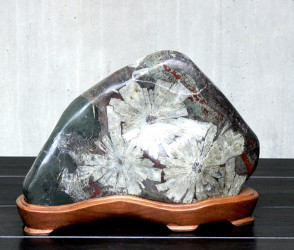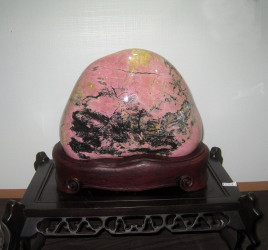Nowadays the classification systems by shape and origin are more or less recognized and used in different Asian countries as well as in the West (America, Australia, Africa, Europe). There are also many subcategories of the classification by shape, for example landscape stones are subdivided into distant and near view mountain stones, plateau, terrace or step stones, mountain-stream, waterfall, water pool, rain shelter, cave, island, coastal, reef stones…
Stones, symbol of steadfastness and durability, were always collected by men.
Extraordinarily shaped stones were highly estimated respectively venerated mainly in Asia where stone veneration has a long tradition and where it is known under different names: in Japan such stones are called Suiseki, in China under other as Shangshi (evaluated stones), in Taiwan as Yea-Shyr or Yasek (elegant stones) and in Korea as Suseok (stones of longevity or eternity). Originally Suiseki represent natural landscape scenes.
Apart from this there are many other terms for such stones in Japan as well as in China and Korea, the original countries of stone culture.
Since Europeans learned first from the Japanese about this special stone veneration respectively the art form of beautiful natural stones in the second half of the 20th century the name “Suiseki” became established in Europe.
These artistic natural stones, also called Viewing Stones, are influenced by stylistic periods (in the same way) as other fine arts. The traditional Chinese Scholars’ rocks, also called spirit stones or ‘gong shi’ (= respected stones) in Chinese, were mainly appreciated at the Song, Ming and Qin dynasties. Nowadays figure and colour stones are appreciated mainly in China.
Landscape stones, distant view (click images for slideshow)
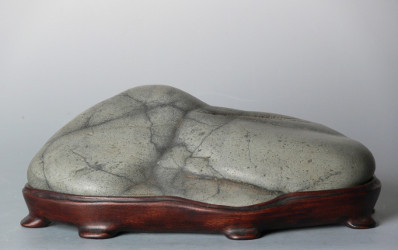
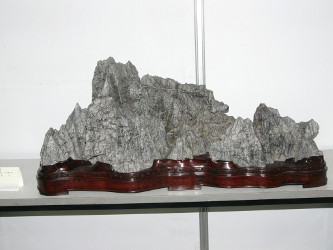
Landscape stones, shelter
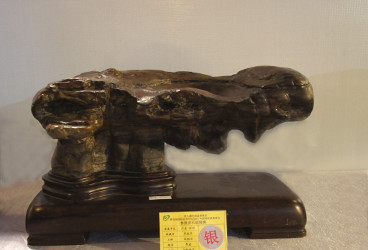
Landscape stones, waterfall
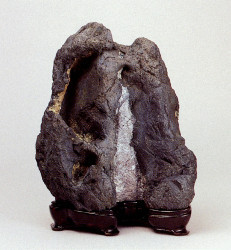

Landscape stones, waterpool
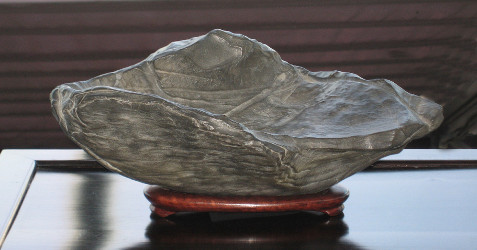
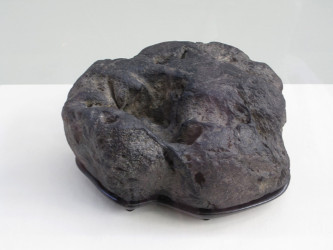
Object stones
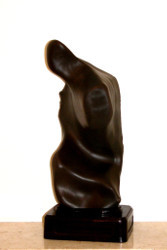
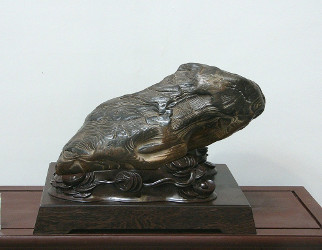
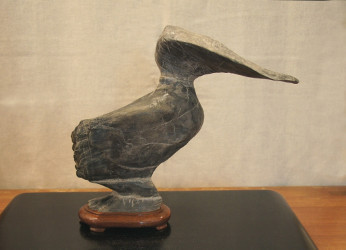
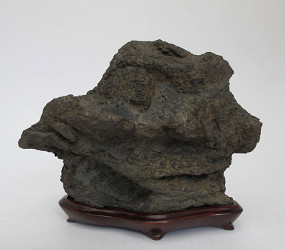
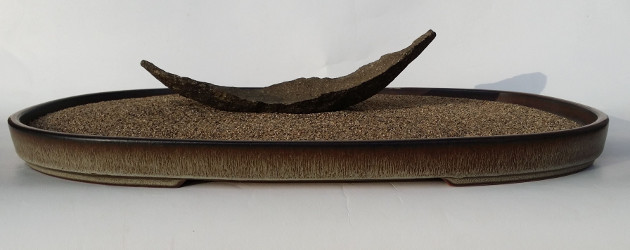
Abstract shape stones
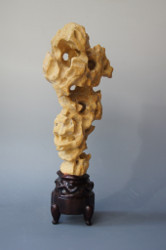
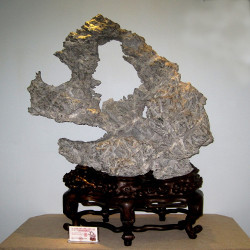
Surface pattern stones
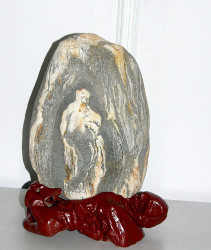
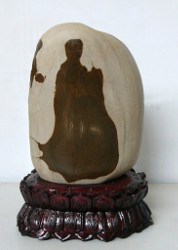
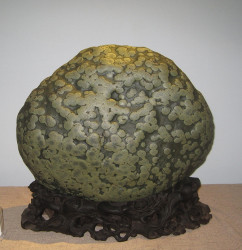
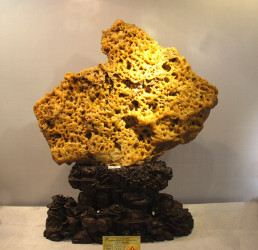
Colour stones
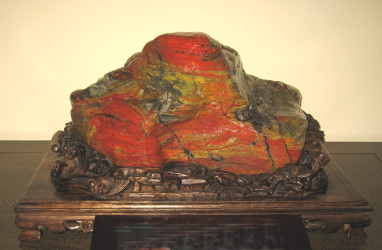
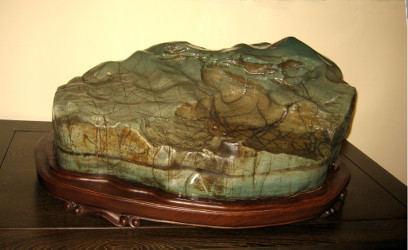
Beautiful stones, so called biseki, which are worked on (cut and/or polished)
